Johnston-Meek House
Introduction
Text-to-speech Audio
Images
The Johnston-Meek House remains in remarkable condition, and contains many examples of historic furniture, portraits, and original construction.
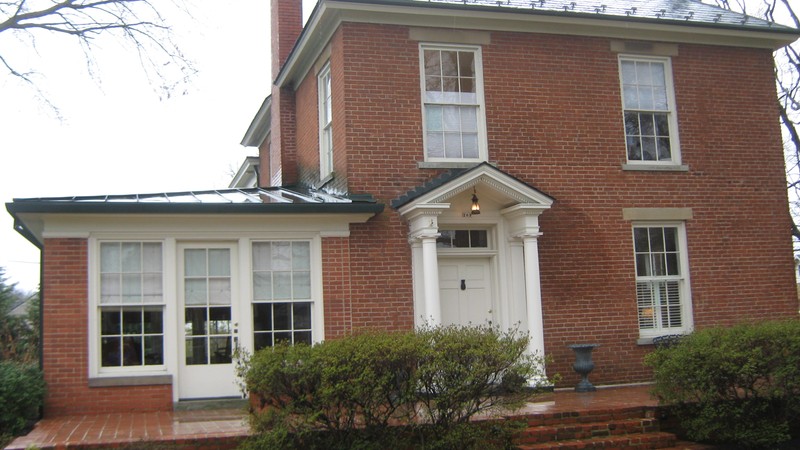
The home's stone fireplace was added as part of the Sidney Day additions in 1923.
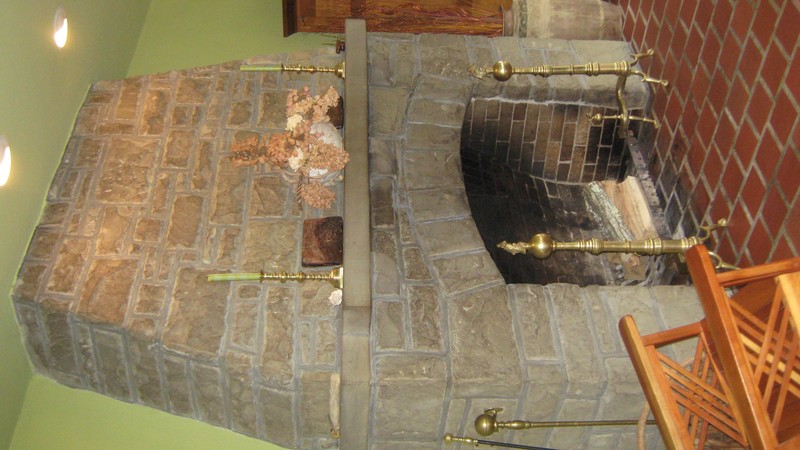
Memorabilia relating to the history of the house, now preserved for visitors.
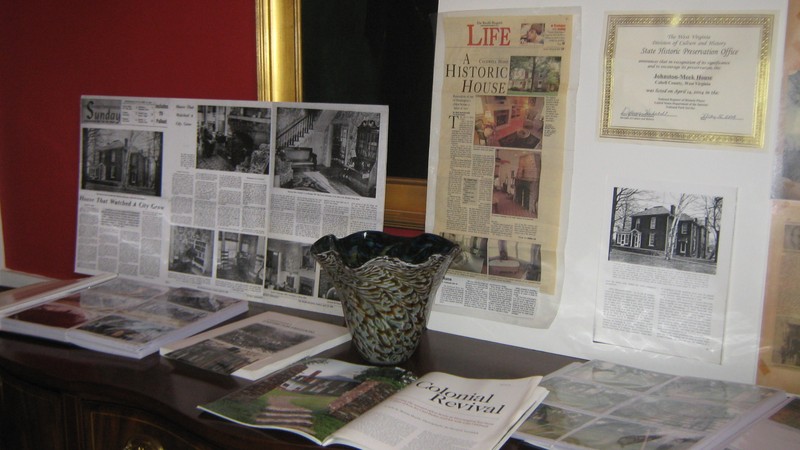
Another home on the plantation grounds, circa 1900. This house remains today, situated at Jefferson Avenue and 7th St.W. Courtesy of Marshall Special Collections.
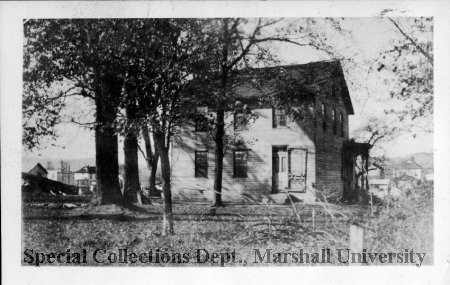
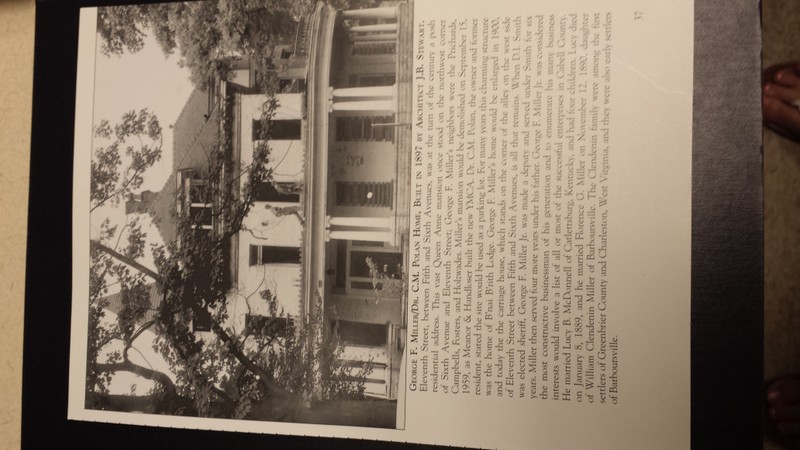
Another home on the Johnston plantation, at 7th Avenue and 3rd St. W, and located across the street from the Johnston School--yet another mark of the Johnston heritage in this part of Huntington.
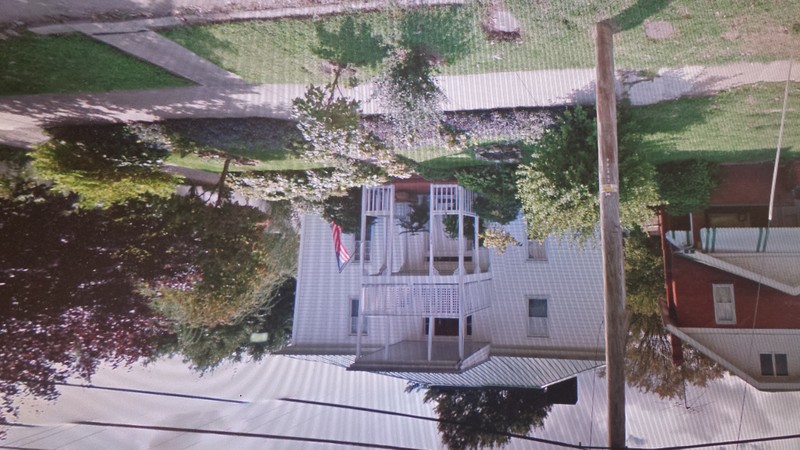
The home's fireplace, part of additions by notable architect Sidney Day in 1923, is still in use.
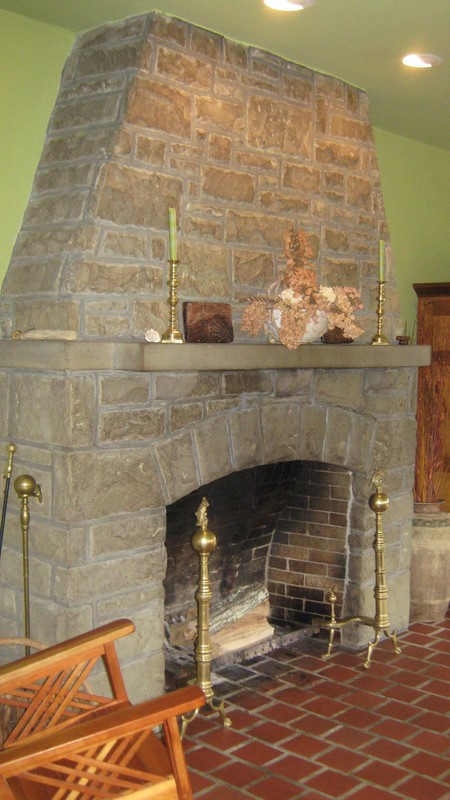
Another home on the Johnston plantation, at 7th Avenue and 3rd St. W, and located across the street from the Johnston School--yet another mark of the Johnston heritage in this part of Huntington.
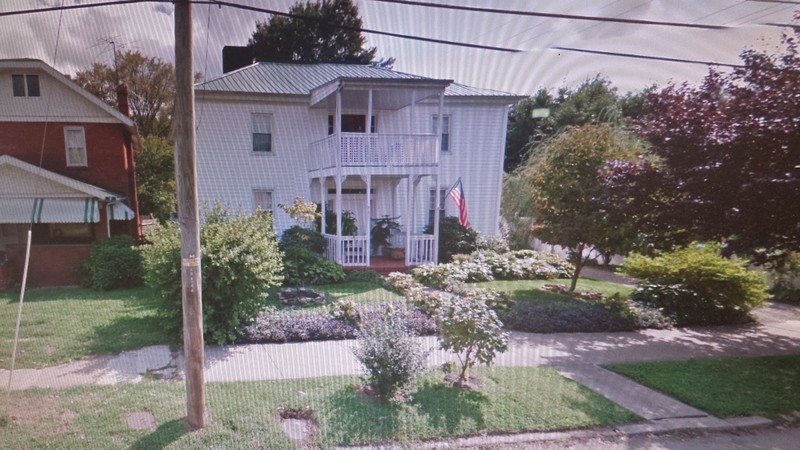
Backstory and Context
Text-to-speech Audio
The earliest known owner of this plot of land was Thomas Scribbling, who acquired the property from the Savage Land Grant. In 1832 Henry Clark purchased the land and that same year built a modest brick home. The house was originally made in the Adamesque style; it was T-shaped and faced the Ohio River. Clark expanded the house in 1838, increasing the size of the first floor and adding a second floor. In 1843 local businessman Sampson Saunders purchased the house. Saunders is most known today in the area for freeing all of his slaves upon his death in 1849 and providing land for them to settle on. There is no evidence that he ever actually lived in the house.
After Saunders’s death the house passed through several owners before it was acquired by Irish immigrant brothers William and John Johnston in 1863. The Johnstons owned a large and prosperous farm that stretched between what is now First Street and Fifth Street West; they produced and shipped a variety of livestock and crops such as apples and grains. Some sources suggest that the Johnstons were abolitionists and operated a stop on the Underground Railroad at the house, but these claims have not been verified.
Years later the house was purchased by Huntington attorney John E. Meeks in 1919. In 1923 he began the most extensive series of renovations to date on the home. Meeks hired local architect Sidney L. Day to design the additions. Day and his architectural firm were notable for designing such structures as the Foster Memorial Building, Highlawn Presbyterian Church, and the Watts-Ritter & Company building. The Johnston-Meek House is believed to be the sole surviving private residence in Huntington designed by Day. The renovations changed the home into a Colonial Revival style house. Additions included multiple new rooms, a brick terrace, and a large, stone fireplace. In 1941 Sidney Day was hired again by the Meeks to design a two-car garage for the home.
The house continued to be occupied by the Meeks family for many decades. In the early 2000s it was purchased by Carlton Bailey and Elizabeth Caldwell, who worked to restore the home and list it on the National Register of Historic Places. It ceased to be a private residence in 2017 when it was acquired by the Children’s Home Society of West Virginia. The Society was established in 1896 as a branch of the National Children’s Home Association. The organization is dedicated to providing homes and foster care services for homeless children across the state. Today the Johnston-Meek House functions as the Society’s Janet Smith Vineyard Forever Families Center for Permanency, a facility that provides additional foster care and adoption services to families in the local area.
Sources
Gioulis, Michael. “Johnston-Meek House.” National Register of Historic Places Registration Form. October 1, 2000. Acccessed August 17, 2019. http://www.wvculture.org/shpo/nr/pdf/cabell/04000313.pdf.
“History.” Children’s Home Society of West Virginia. Accessed August 17, 2019. http://www.childhswv.org/wwa/history.htm.
Lucas, Diane. Children’s Home News 65 (Spring 2018): 4. Accessed August 17, 2019. http://www.childhswv.org/news/2018springnewsletter.pdf.
McMillian, Don Daniel. “Local plantation sites have common history.” Herald-Dispatch. January 4, 2009. Accessed August 17, 2019. https://www.herald-dispatch.com/features_entertainment/don-daniel-mcmillian-local-plantation-sites-have-common-history/article_19cceb48-2e39-5b77-9430-0ae3bf095a23.html.
“The Janet Smith Vineyard Forever Families Center for Permanency.” The Children’s Home Society of West Virginia. Accessed August 17, 2019. http://www.childhswv.org/news/Huntington%20Capital%20Campaign.pdf.
